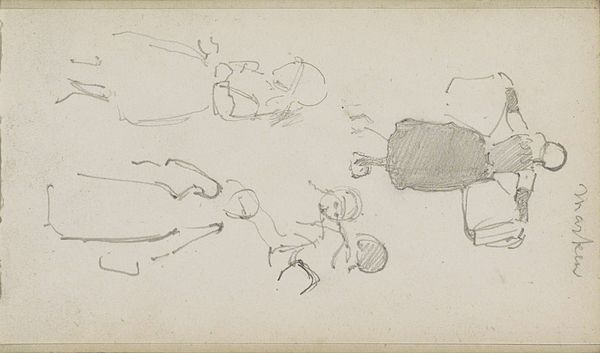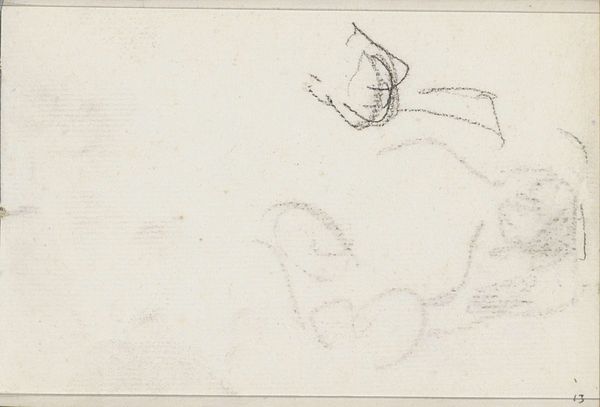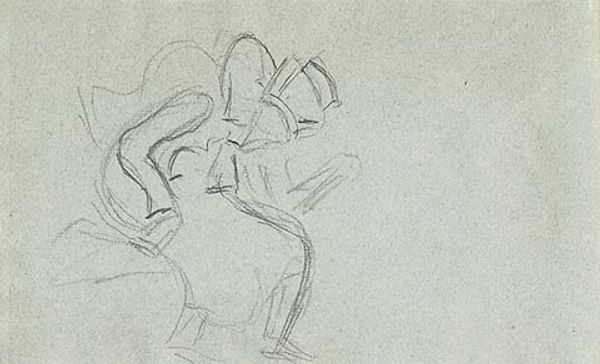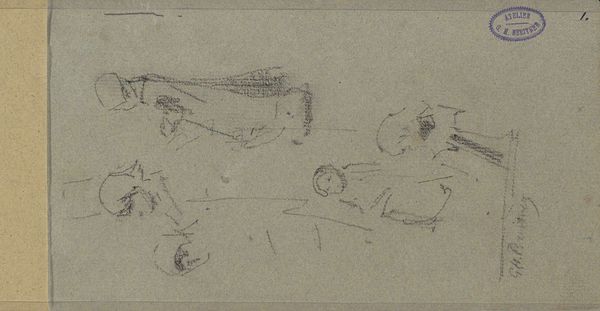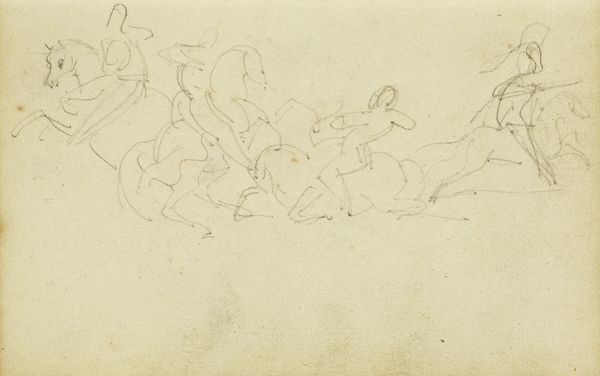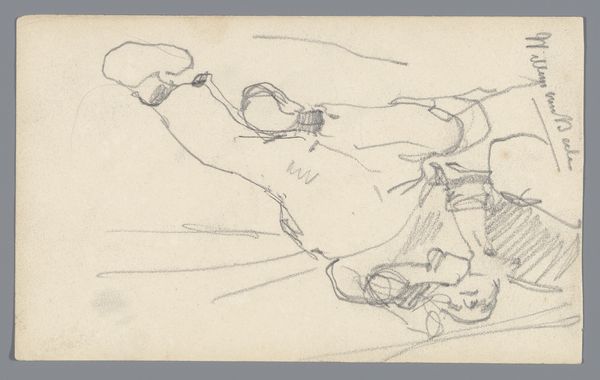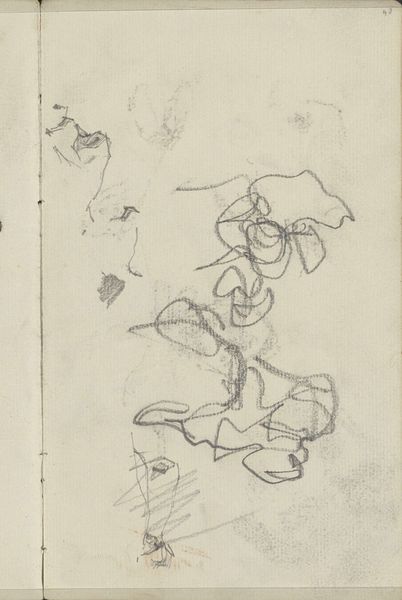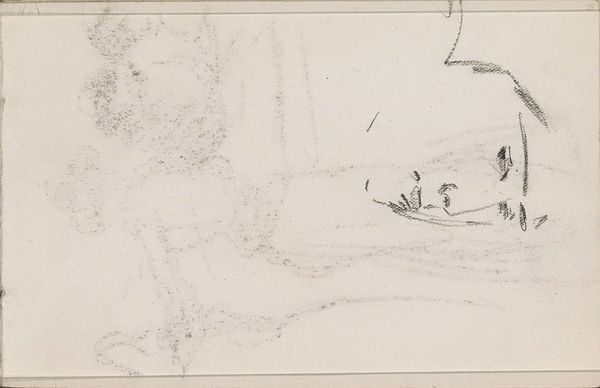
drawing, pencil
#
drawing
#
form
#
sketch
#
pen-ink sketch
#
pencil
#
abstraction
#
line
#
russian-avant-garde
Copyright: Public domain
Editor: This is a sketch from 1919 by Nicholas Roerich, titled "Sketch for 'Tale of Tsar Saltan'", made using pencil and ink. It feels like a glimpse into the artist's thought process. The images look like dragons, or perhaps boats, reduced to their most essential lines. How do you interpret this work? Curator: Roerich’s interest in folklore and ancient cultures permeates this image. The dragon motif appears across cultures, often associated with power, wisdom, or chaos. In the context of a Tsar Saltan sketch, linked to a Pushkin fairytale, the dragon merges with concepts of imperial Russia, its history and myth. Editor: So, the sketch hints at those layered meanings? Curator: Precisely. Consider the rhythmic quality of the lines; what could that represent? Is it merely a preparatory sketch for a stage set or more about visualizing a narrative across space and time? Russian avant-garde sought a national identity, often through folklore. What do you see here connecting to that search? Editor: The simplification of form maybe, into something ancient, timeless almost. It’s less about precise representation, and more about evoking a feeling or memory connected to these figures from folklore. Curator: Indeed. Roerich transforms recognizable forms into symbolic carriers of culture. Looking at his choice of the dragon and boats for this "Tale," we glimpse the emotional and psychological landscape of a people, reimagining history, legend, and cultural memory into fluid symbols. Editor: It’s fascinating to consider the many cultural associations layered within what initially seems like a simple sketch. Curator: Absolutely. A closer examination unveils the symbolic depth carried by such drawings. They bridge abstraction and representation, constantly resonating with ancient meanings.
Comments
No comments
Be the first to comment and join the conversation on the ultimate creative platform.


